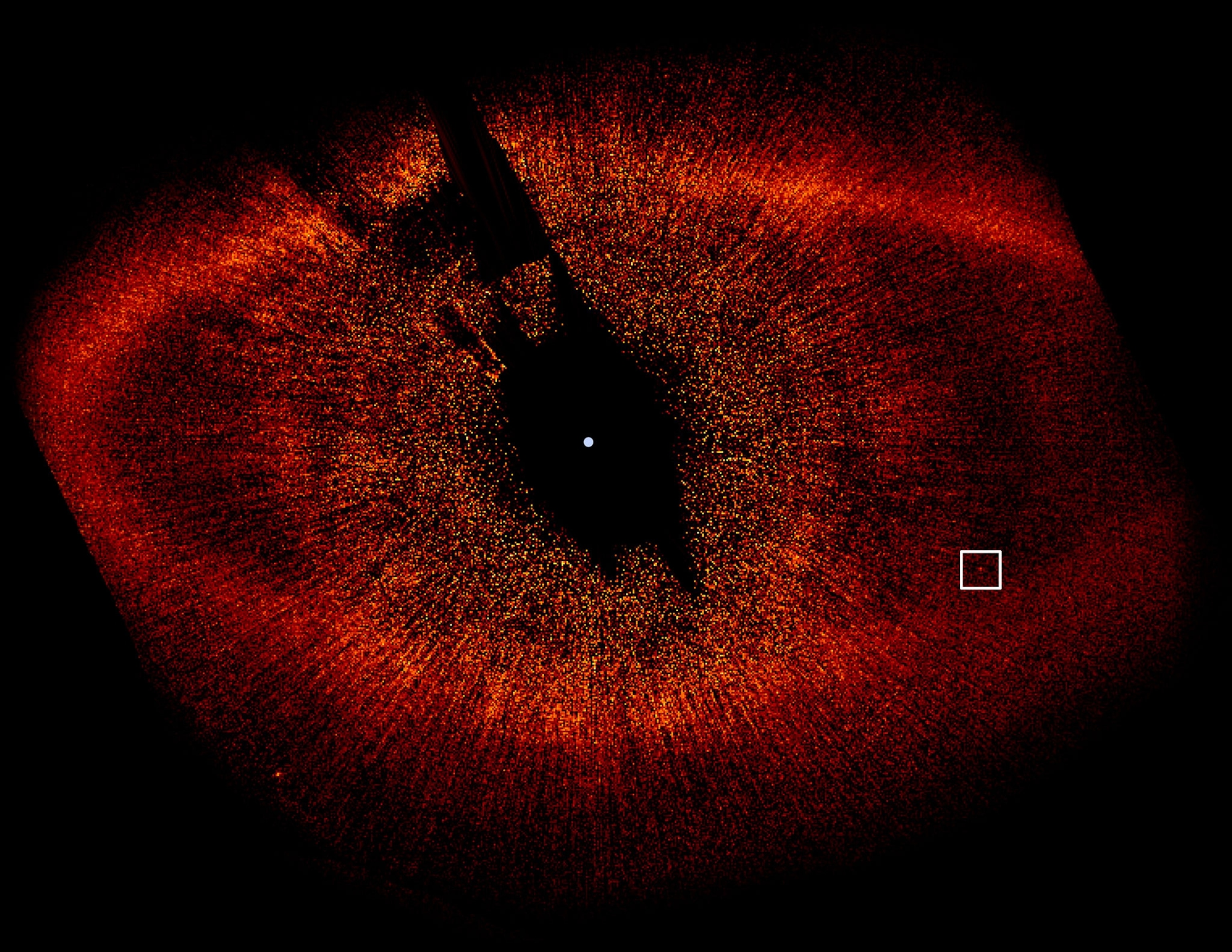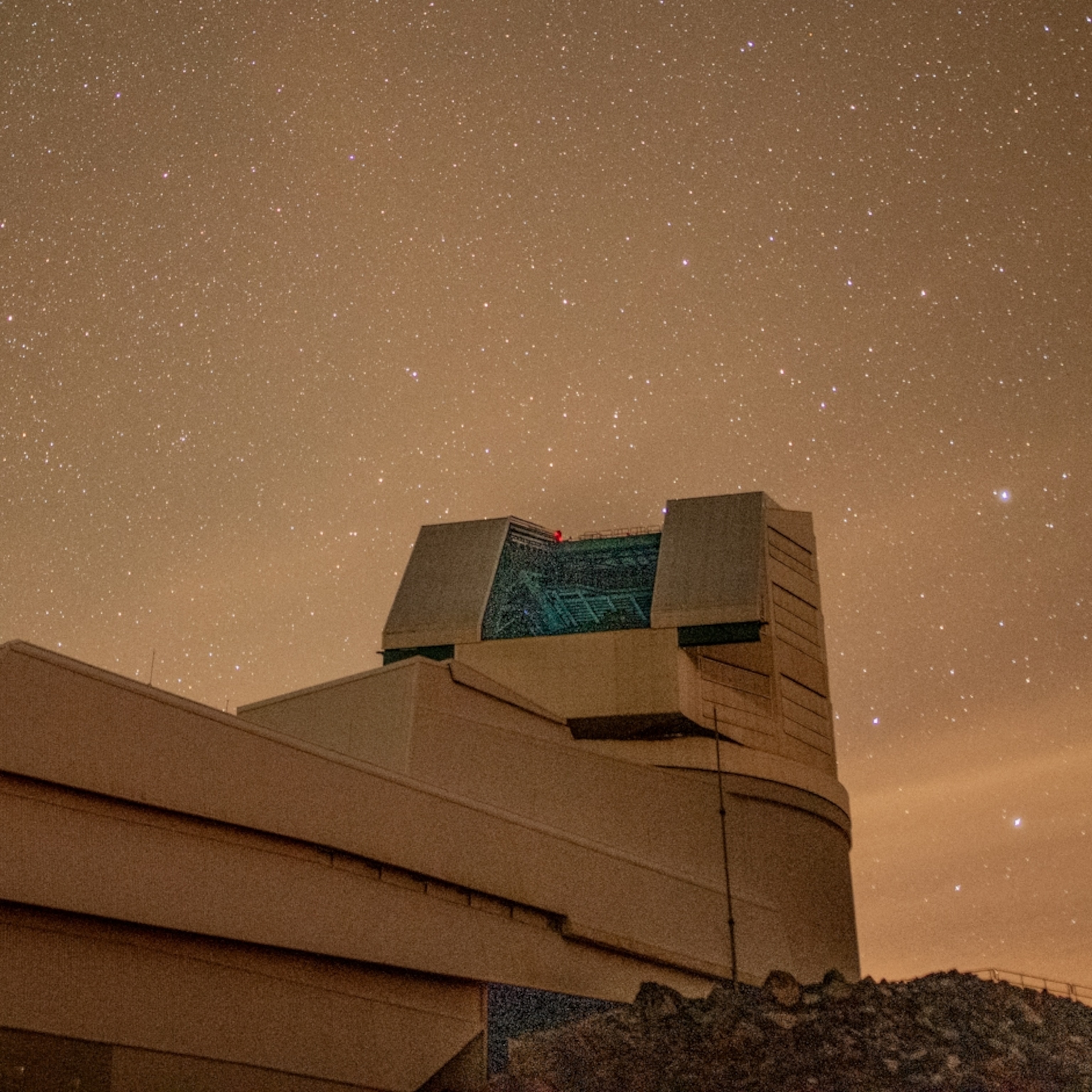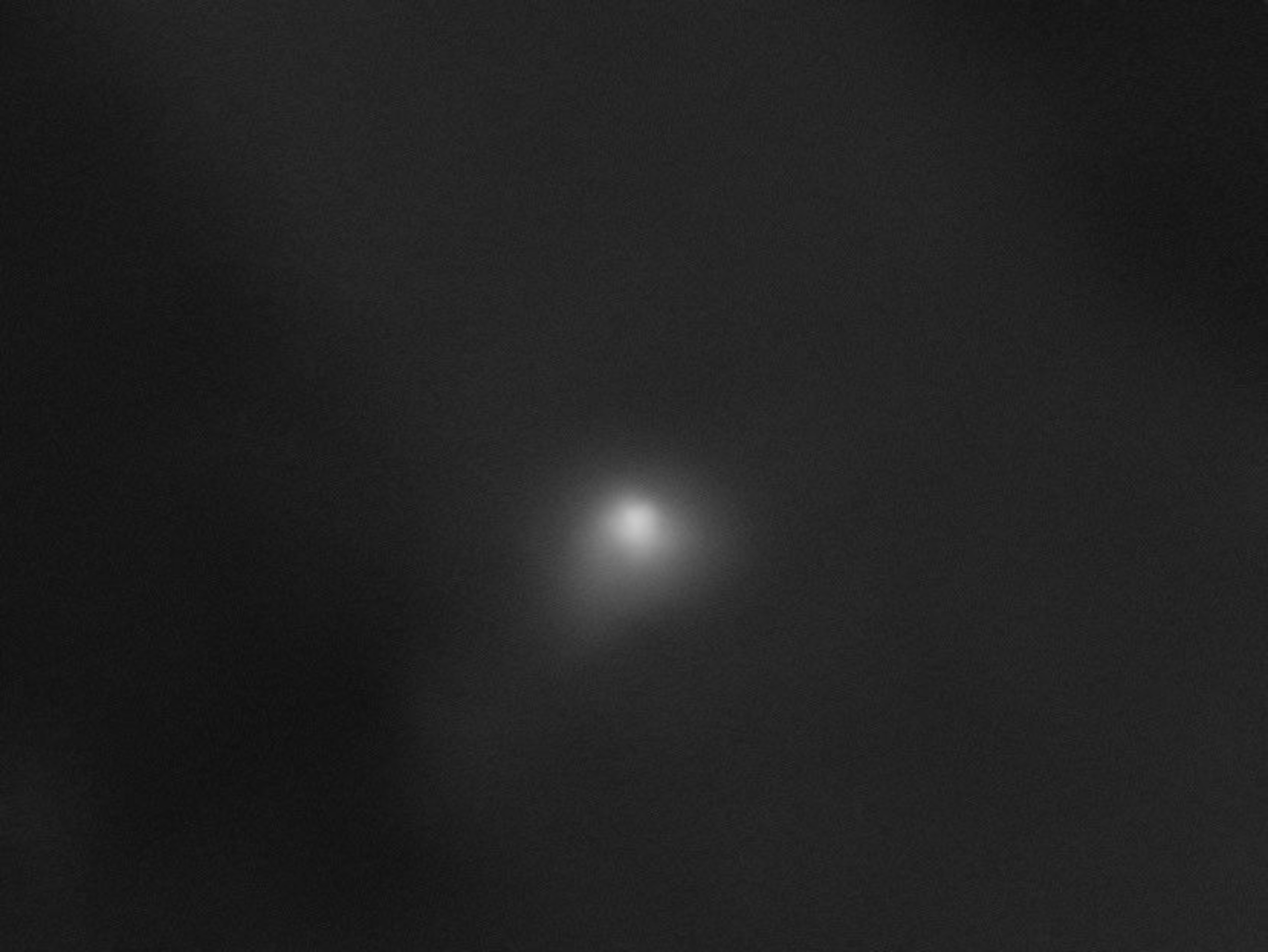Why this photo of planetary debris is unlike anything seen before
Fomalhaut is one of the brightest stars in the night sky—and the James Webb Space Telescope has revealed belts of material orbiting the star in stunning detail.

A new image from the James Webb Space Telescope (JWST) has given scientists a stunning look at the dusty belts of debris surrounding a nearby star. Similar to the asteroid belt in our own solar system, these orbiting rings of shattered rock and ice can help reveal how planetary systems form.
The debris disks orbit Fomalhaut, a star that is younger and bigger than the sun, about 25 light-years from Earth. One of the brightest stars in the night sky, Fomalhaut glows in the southern constellation Piscis Austrinus. While two belts had been observed around Fomalhaut before, the new image published today in the journal Nature Astronomy shows that three belts encircle the star.
“I don’t think anyone can look at that image and not think: Wow, that's gorgeous,” says Alycia Weinberger, an astronomer at the Carnegie Institution for Science in Washington, D.C., who was not involved in the study.

Fomalhaut is famous among astronomers because it has one of the first belts ever spotted outside of our solar system. In the 1980s researchers using the Infrared Astronomical Satellite serendipitously discovered debris belts around a few stars known as the fabulous four: Fomalhaut, Vega, Beta Pictoris, and Epsilon Eridani.
The Fomalhaut system became even more intriguing in 2008 when astronomers using the Hubble Space Telescope detected what appeared to be a massive planet orbiting the star. Fomalhaut b was the first exoplanet directly observed in visible light. But it seemed to vanish in later observations, and in 2020, András Gáspár of the University of Arizona led a study that found the object was likely a cloud of dust billowing out from a collision between two smaller objects.
Gáspár has been waiting for years to get a closer look at the Fomalhaut system with JWST, the biggest space telescope in history. He began designing a program to look at the star with JWST’s Mid-Infrared Instrument (MIRI) in 2016. The telescope finally launched on Christmas Day in 2021, and in October 2022, Gáspár got his chance to revisit Fomalhaut.

“It paints a very different picture from what we assumed we would be seeing,” Gáspár says. “It’s really exciting. We see a very complex and very dynamically active system.”
Space leftovers
Around the sun, the asteroid belt and more distant Kuiper belt contain the leftovers of the solar system—asteroids, comets, planetesimals, and other ancient debris that was not incorporated into the planets. There should be debris disks circling thousands of other stars, but observing those faraway belts of smashed up space rock is no easy feat.
MIRI captures mid-infrared light, which the human eye cannot see. This type of light is especially useful for observing dust. Previous space telescopes also had mid-infrared instruments, but MIRI’s aperture is much bigger, which means it can collect more light and resolve fainter objects.
“It's unprecedented,” Gáspár says. “And I don't think we're going to see anything like it again in my professional career for sure. It is really a once in a generation opportunity for astronomers.”
Using MIRI, Gáspár and his colleagues saw that the Fomalhaut system not only has an inner disk like the asteroid belt and a big dusty outer ring like the Kuiper belt, but also a fuzzy intermediate ring. The gaps between the rings as well as their misalignment suggest that there are unseen planets orbiting the star that are too small to be observed.
“It's so cool to finally see all of the structure inside the main dust belt that other telescopes have never been able to see before, so I was just really excited,” says Samantha Lawler, an astronomer at the University of Regina in Saskatchewan, Canada, who wasn’t involved in the new research. “I could spend a lot of time just staring at that image.”
The intermediate belt was a surprise, she adds, because previous images hadn't shown anything there.

“It fits really well with the theory that Fomalhaut b, the exoplanet candidate, is a dust cloud from a collision, because there is a bunch of stuff at this distance that Fomalhaut b would have had to come from,” Lawler says.
The dust in that intermediate ring hasn't been lingering for 400 million years, the estimated age of Fomalhaut. It would have to be constantly regenerated from collisions between asteroids and comets, and the study team believe that they may have spotted another dust cloud from a collision that is in the process of expanding.
This "great dust cloud" was spotted in the outer belt, and its size, as well as the size of the dust grains reflecting light to the telescope, suggest the cloud came from a collision between two planetesimals each about 450 miles wide.
“We expect collisions to take place in debris disks,” says astrophysicist Meredith MacGregor of the University of Colorado at Boulder, who was not involved in the study. “Small dust grains are removed on timescales shorter than the age of the system, which means that the dust we see today has to have been regenerated through collisions.”
But “we do not regularly resolve individual collision events,” she points out. “It's critical to make sure that … [it] is in fact associated with the system and not a background object.”

Thousands of unique systems
The findings are thrilling researchers who have been waiting to see what new possibilities JWST opens up. “It's amazing to see the quality of the data and think about what other new science we will be able to do,” MacGregor says.
Gáspár has plans for further JWST observations of the debris disks around the stars Vega and Epsilon Eridani. “Neither of their disks have been really well observed, and we know they're there, so we’ll get to see those systems well defined for the first time,” he says. A better understanding of debris disks around other stars could be crucial for understanding how planetary systems form.
“What we’d really, really like to understand is, where can planets form? How far away from their stars can they form? How close to their stars can they form? How do they move around after they form?” Weinberger says. “We think that we can deduce that information from looking at the structure of the disks.”
By surveying the belts of rock and ice around other stars, scientists can also get a better sense of whether our solar system is a typical structure, or if something strange and unique happened here.
“So far, 5,000 other exoplanets have already been discovered,” Weinberger says, “and many of them are in systems that don't look at all like our solar system.”








